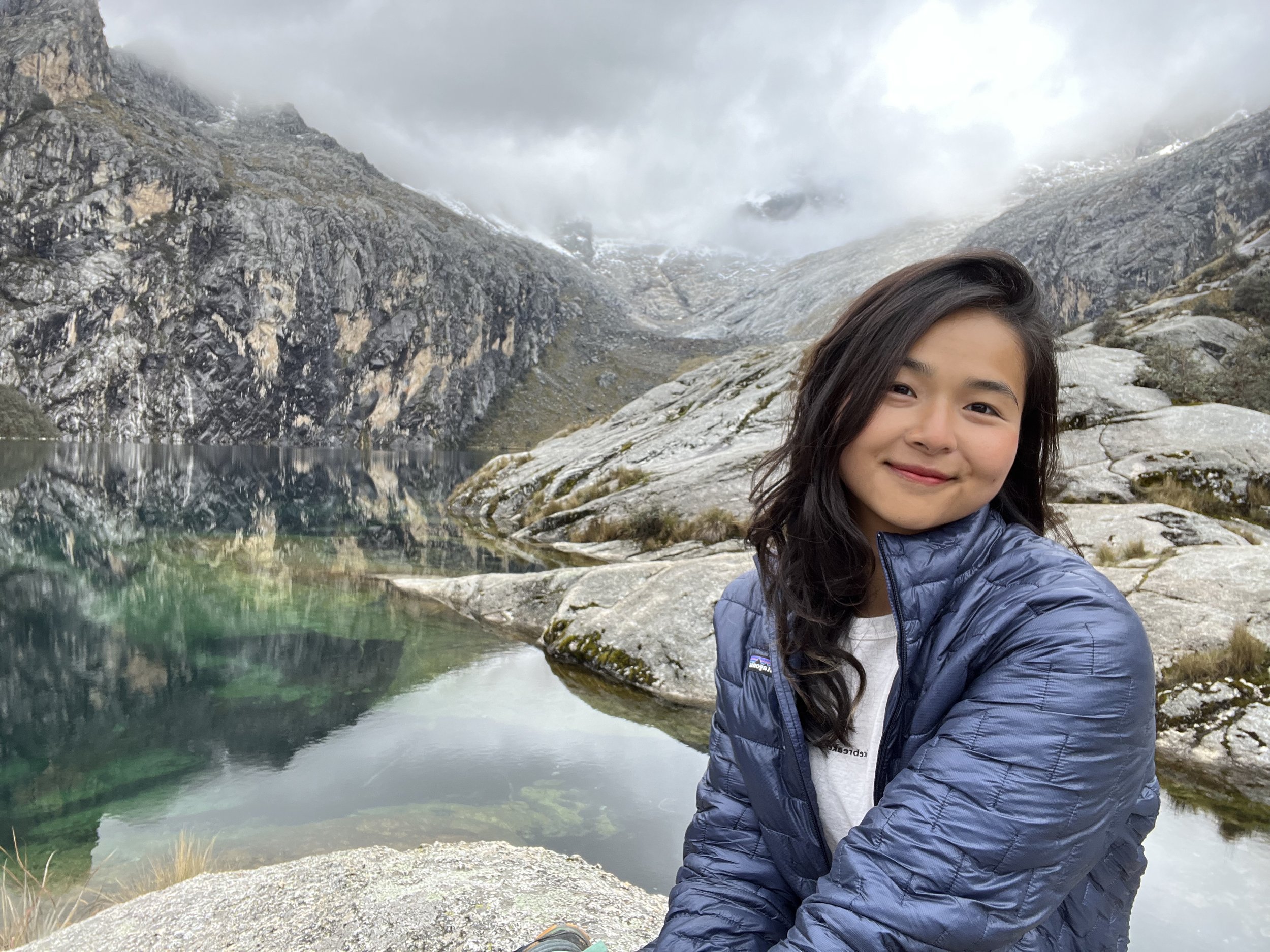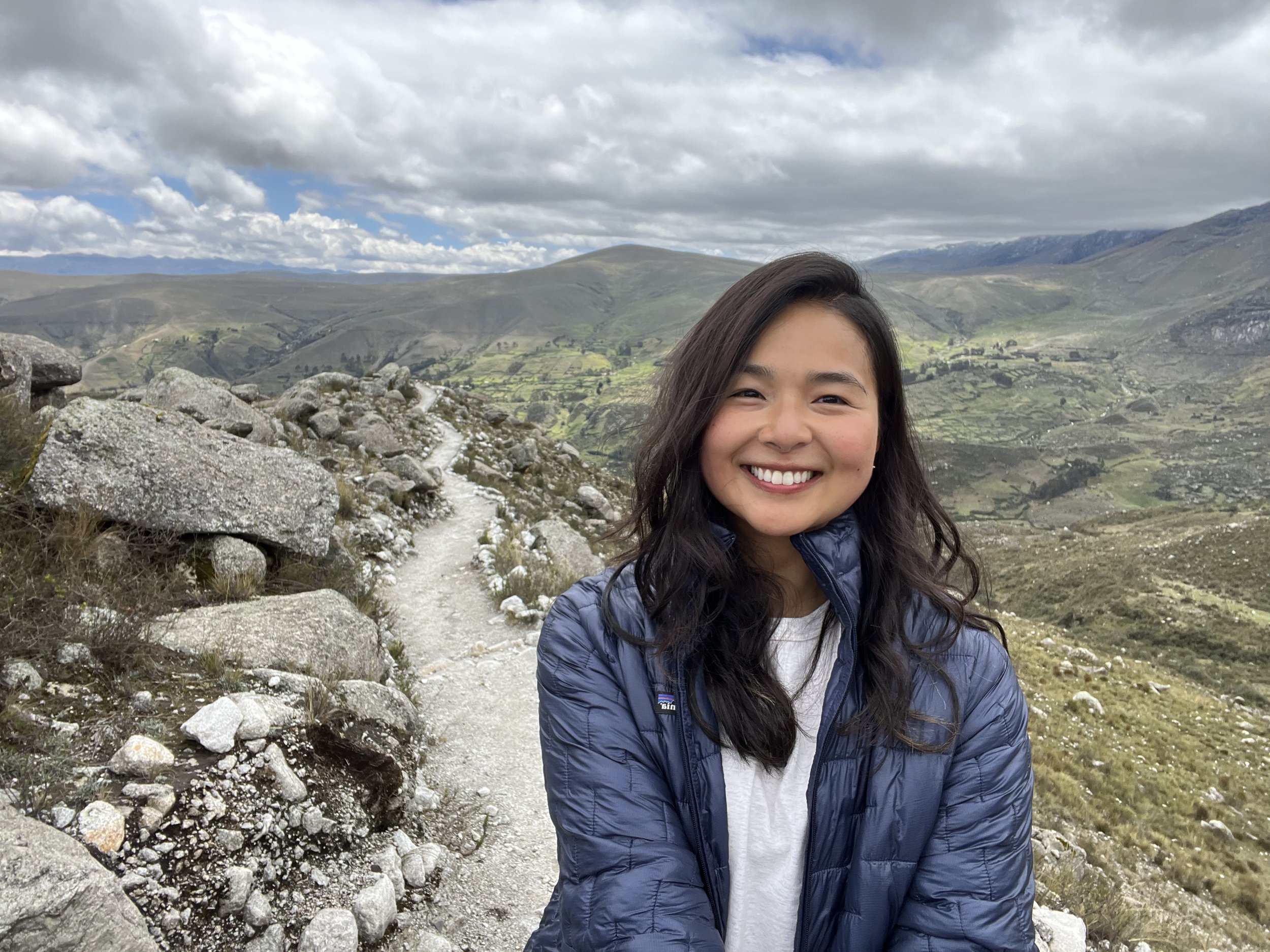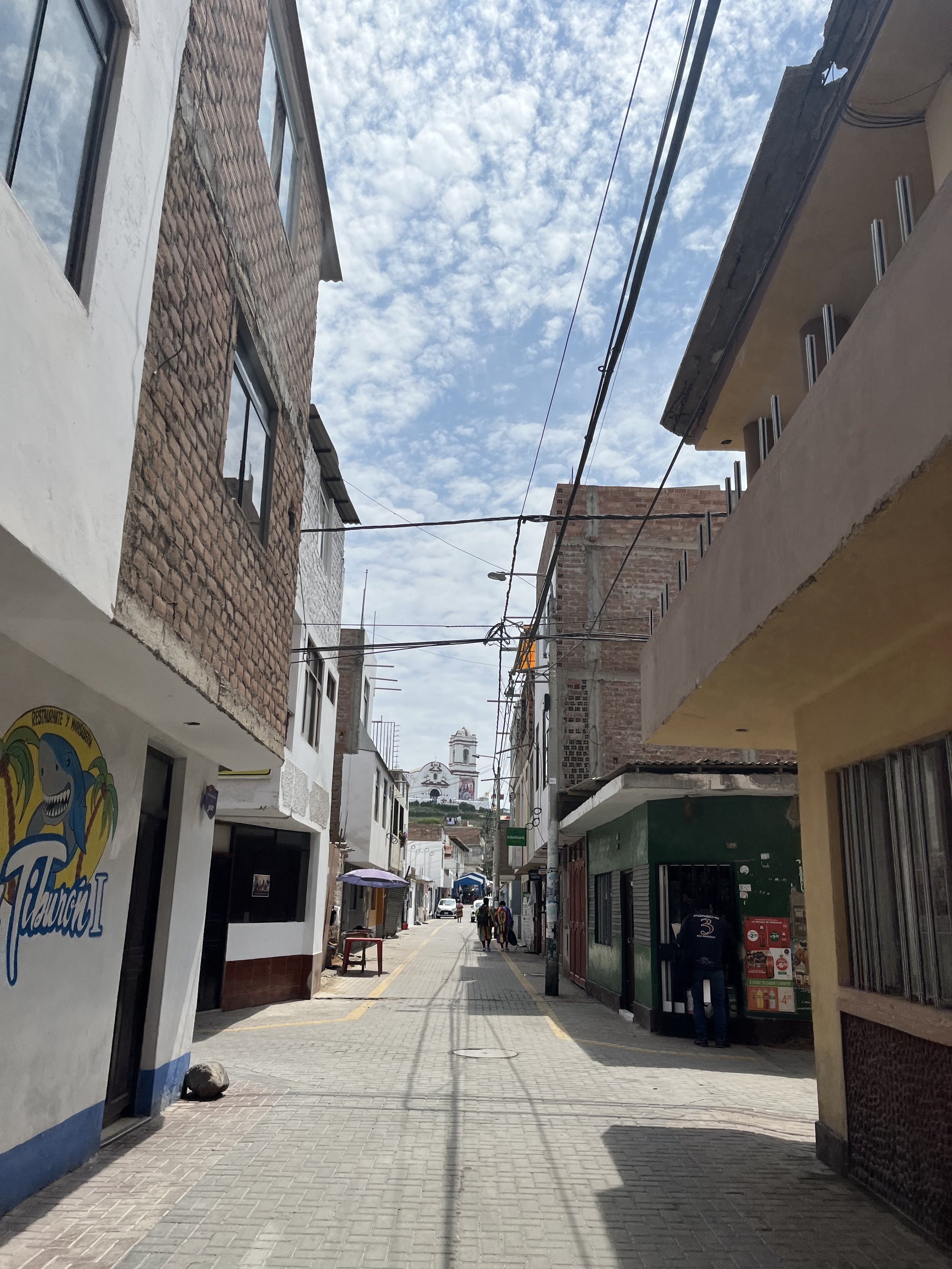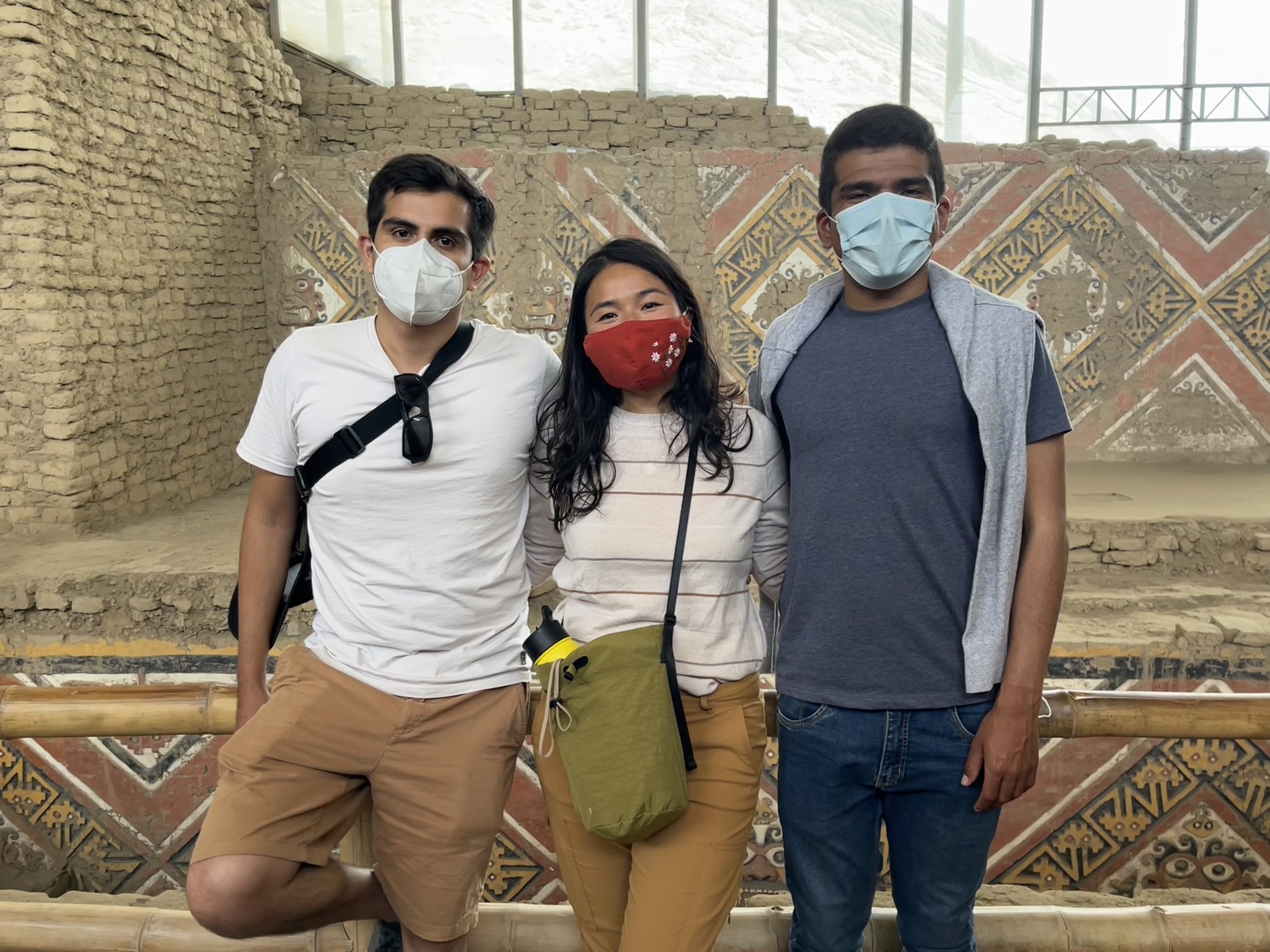One of the most enjoyable Saturdays I’ve had in a long time: a 15 mi pilgrimage through the length of Manhattan.
The sight of twenty adults, ranging from mid twenties to sixties, silently meditating in single file, caused a lot of stares and questions. My favorite reaction was a little girl, who saw us in our bookbags, shrieking, “What’s that– high schoolers?!”
The meditation teacher hosts these pilgrimages in cities to “bring the sacred into the everyday”, in community to “build mutual belonging”, and make the gifts of pilgrimages more accessible.
Intentions for the pilgrimage ranged from exploring the within with others, a revisiting of the city anew from former New Yorkers, or simply enjoying a beautiful day out. Mine was that the wild outdoors has always been a meditative place for me, and what it would be like from the opposite: being meditative in the urban outdoors.
Sitting meditation typically is hard for me, but the motion was just the physical stimulus I needed to orient my focus to my body instead of the head, and a greater need to deepen my breathing practice. Even silent, the community helped me stay present– it was obvious when I was distracted, because I literally and figuratively fell out of line.
I walked through parts of New York I had never been to (beautiful lush canopies of trees in Fort Tyron Park, hidden viewpoints of autumnal trees of the Palisades alongside the Greenway) and passed sites of memories (the restaurant where I had dinner with an ex, where I ran a half marathon with friends) that remained the same, even though the relationships of the people I had been there with had changed. I let the feelings of awe and nostalgia wash out my usual train of thought.
I felt the sun on my face, the wind playing with my hair; I inhaled the woodsy smell of the trails and saltiness of the Hudson River. I felt pain in different and eventually all parts of my foot, and soreness in my ankles. The acceptance of it all, and the fleetingness of it.
I always enjoy group meditation, but the physicality of this pilgrimage intensified the feeling of connection with others. In the silence, the language of bodies spoke loudly of shared discomfort, of persistence fueled by each other's presence. In its intensity, I felt a deeper gratitude for the demonstrated commitment to this journey together.
Despite its appearance as one of the biggest and edgiest cities, New York had pockets of sacredness throughout our path. The sacredness of being present to my life breath, to the energies of my fellow pilgrims, to all the liveliness happening around us even in our inner stillness. There is no need to escape the city when searching for sacredness.
The meditative difference between an urban pilgrimage, and say, a long hiking trek on trails, was one of energy. In the wild outdoors, my inner self quietens and calms down to join the leisurely pace of nature. On Saturday, as time went by and my breathing got deeper and slower, I gained energy even though the pain hadn’t subsided. The shorter distance between the sacred and mundane increased my joy in experiencing both, in being able to experience degrees of integration in real-time. My cup runneth over, I wished metta for my fellow pilgrims and all those I came across our path.
To many more pilgrimages, wherever I find myself.




































